In 2025, ransomware is no longer just about locking files, it now includes stealing data, demanding double extortion payments, and disrupting critical business operations. These attacks affect organizations across industries, creating risks that simple security measures may not catch.
That’s why keeping track of the latest ransomware attacks statistics is so important. They show how widespread and sophisticated attacks are, helping businesses take proactive steps to protect sensitive data, secure systems, and maintain smooth operations before a real attack happens.
Key statistics at a glance:
- Ransomware accounted for 44% of all breaches in 2025, highlighting its growing prevalence.
- 40.2% of organizations reported that lack of cybersecurity expertise contributed to ransomware incidents.
- Healthcare ransom payouts averaged $860,000, with daily downtime losses of $1.9 million.
- SMBs experienced 88% of ransomware breaches, emphasizing their high vulnerability.
- 54% of victims had their domains appear in credential dumps, reflecting the role of stolen credentials in attacks.
Overall ransomware attack statistics
Let’s first look at the overall ransomware situation in 2025, including how often attacks happen and what causes them.
- Prevalence
Ransomware now accounts for 44% of all breaches in 2025 (according to Verizon’s Data Breach Investigations Report 2025), showing a significant increase compared to previous years. This rise is driven by the growing profitability of attacks and the expanded attack surface as organizations adopt cloud systems, remote work setups, and interconnected applications.
Attackers are no longer limited to small-scale disruptions, they are targeting high-value data, critical operations, and supply chains to maximize impact.
- Causes
A lack of cybersecurity expertise remains a major factor, with 40.2% of organizations citing skill gaps as a key reason for ransomware compromises, reveals Sophos’ State of Ransomware 2025 report.
Many businesses lack staff trained in incident response, secure configuration, or threat detection. Weak internal controls, outdated systems, and insufficient monitoring allow attackers to exploit even minor vulnerabilities, highlighting the need for ongoing employee training, security audits, and up-to-date defense practices.
Industry-wise ransomware attack statistics
Apart from knowing the overall ransomware trends, it’s essential to examine how attacks affect specific industries, as each sector faces unique vulnerabilities and operational consequences.
- Financial services
Ransomware continues to be a leading threat for banks, fintechs, and insurance companies. While total incidents slightly declined in 2024, attackers are growing more sophisticated, particularly in Asia, including India, where attacks surpassed those in the U.K. or Canada, though they were still fewer than the U.S.
Cybercriminals now use GenAI to automate phishing campaigns, generate convincing social engineering messages (according to FS-ISAC), and craft targeted exploits against financial applications. Such attacks often aim at customer data, transaction systems, and internal controls, making advanced monitoring, anomaly detection, and secure API practices critical for mitigation.
- Commerce and retail
Retail and e-commerce remain prime targets due to their reliance on third-party integrations, point-of-sale systems, and cloud platforms. In early 2025, Scattered Spider targeted U.K. and U.S. retailers, exploiting system vulnerabilities to gain unauthorized access.
Weak patch management, outdated frameworks, and poorly controlled vendor access make these sectors vulnerable. The resulting stolen customer data, disrupted supply chains, and financial losses highlight the need for secure configurations, continuous monitoring, and strict vendor access controls.
- Healthcare
Healthcare organizations face high-value ransomware targets due to sensitive patient data, critical medical devices, and reliance on legacy systems. In fact, Comparitech estimates that average ransom payouts reached $860,000 for confirmed cases.
That’s not all. Another Comparitech report shows daily downtime losses of $1.9 million. Vulnerabilities often include IoMT devices, outdated EMR/EHR systems, and exposed APIs.
Combined with strict regulatory requirements such as HIPAA, ransomware incidents can severely impact patient care and operational continuity, requiring proactive risk assessments, network segmentation, and real-time threat detection.
- Public sector
Government agencies worldwide continue to face frequent ransomware attacks. OCCRP found that Fog ransomware disrupted numerous agencies in Brazil. On the other hand, LockBit 3.0 affected over 200 agencies, with ransom demands reaching up to $8 million in Indonesia, per a news site.
Attacks exploit misconfigured networks, outdated systems, and limited cybersecurity staffing. Despite bans on ransom payments, the sector must focus on secure backups, rapid incident response, and segmented networks to reduce operational and data loss.
- Manufacturing
Manufacturing firms remain highly exposed due to legacy IT, OT, and complex supply chains. In 2024, 65% of manufacturing organizations reported being hit by ransomware, with mean recovery costs of $1.67 million (according to Sophos’ The State of Ransomware in Manufacturing and Production 2024 report).
On average, 44% of computers in manufacturing and production are impacted during an attack, and three out of four attacks (74%) result in data encryption, the highest encryption rate for the sector in the last five years.
Protecting this sector requires OT-specific security measures, secure remote access protocols, and incident containment strategies that prevent production downtime and supply chain interruptions.
- Education
Educational institutions face growing ransomware threats, with average ransoms between $608,000 and $1.5 million (as per Comparitech’s Ransomware roundup: Q1 2025). High-profile breaches at PowerSchool and Chicago Public Schools highlight the impact of limited budgets, outdated systems, and delayed reporting.
Institutions often struggle with endpoint protection, unsecured remote access, and weak network segmentation, making it crucial to implement layered security controls, frequent patching, and rapid incident response plans to minimize operational disruption and protect student data.
Financial and business costs of ransomware attack statistics
Ransomware attacks come with significant financial and operational consequences. Here is a breakdown of how these incidents impact organizations across different sizes and sectors.
- Recovery costs
The financial burden of recovering from a ransomware attack scales with the size of the organization. Companies with 100 to 250 employees reported an average recovery cost of $638,536, whereas larger organizations with 1,000 to 5,000 employees faced an average cost of $1.83 million (as per Sophos’ State of Ransomware 2025).
These costs include incident response, IT remediation, forensic investigations, and system restoration. Larger enterprises also incur additional expenses from operational downtime, lost revenue, and reputational damage, emphasizing the need for preemptive security investments and comprehensive incident response planning.
- Impact on SMBs
Small- and medium-sized businesses (SMBs) are particularly vulnerable to ransomware, accounting for 88% of breaches in this segment compared with 39% in larger organizations (according to Verizon’s Data Breach Investigations Report 2025).
Limited cybersecurity resources, less mature defenses, and delayed detection mechanisms increase their susceptibility. The operational disruptions can be catastrophic, sometimes forcing SMBs to halt services or even permanently close, highlighting the importance of robust endpoint security, regular backups, and staff awareness training.
- Data theft costs
Ransomware is increasingly paired with data theft, with 14% of all encrypted cases involving exfiltrated information (as per Sophos’ State of Ransomware 2025). Larger organizations are often targeted due to their high-value data, including customer records, intellectual property, and financial information.
The cost of data theft extends beyond ransom payments, encompassing regulatory fines, breach notifications, litigation, and long-term reputational damage. Organizations must implement encryption, access controls, and monitoring to mitigate these risks.
Ransomware attack vectors and methods statistics
Ransomware groups employ multiple attack vectors to gain access to organizational systems. Understanding these methods is key to preventing successful intrusions.
- Stolen credentials
Compromised usernames and passwords remain the most common cause of ransomware incidents, especially for organizations with 100 to 250 employees, accounting for 30% of attacks (as per Sophos’ State of Ransomware 2025).
Attackers often obtain credentials through past data breaches, weak password policies, or reused credentials across multiple platforms. Once inside, they can escalate privileges, move laterally across networks, and deploy ransomware to encrypt critical files and systems.
- Phishing
Email-based attacks continue to dominate ransomware entry points. In 2025, 19% of victims reported malicious email, and 18% cited phishing, up from 11% the previous year (according to Sophos State of Ransomware 2025).
These attacks often use social engineering, malicious attachments, or links to lure users into executing ransomware payloads. Organizations with untrained staff or inadequate email filtering are especially vulnerable, making phishing awareness and advanced detection tools essential defenses.
- Access broker or initial access exploits
Many ransomware operations begin with access brokers providing stolen corporate credentials or exploiting exposed systems. Verizon’s 2025 Data Breach Investigations Report shows 54% of victims had their domains in credential dumps, and 40% had corporate email accounts compromised.
Attackers leverage these to gain initial access, bypassing perimeter defenses and targeting high-value endpoints or server infrastructure. Effective multi-factor authentication, monitoring for unusual logins, and domain-wide visibility can mitigate these threats.
How AppSecure helps protect your organization from ransomware attacks
AppSecure offers a comprehensive suite of services designed to proactively defend against ransomware and other cyber threats. Here's how:
- Industry-specific penetration testing
We provide tailored penetration testing services that simulate real-world attacks on infrastructure, applications, and networks.
Our team of ethical hackers, many of whom are top contributors to Fortune 1000 bug bounty programs, uncovers exploitable vulnerabilities before malicious actors can exploit them. This proactive approach helps organizations identify and remediate security gaps specific to their industry, enhancing overall resilience against cyber threats.
- Red team simulations
Our red team simulations go beyond traditional penetration testing by emulating sophisticated adversarial tactics, techniques, and procedures (TTPs). These simulated attacks test an organization’s detection, response, and recovery capabilities in real-world scenarios.
By challenging defenses with realistic threat simulations, we help ensure that security measures are effective and that teams are prepared to handle actual cyber incidents.
- Compliance-driven audits
Navigating complex regulatory landscapes can be challenging. We help organizations achieve and maintain compliance with critical standards such as HIPAA, PCI-DSS, and DORA.
Our compliance-driven audits assess systems and processes against these frameworks, identifying areas of non-compliance and providing actionable recommendations to meet regulatory requirements. This ensures organizations not only protect sensitive data but also avoid potential legal and financial penalties.
- Incident response readiness assessments
Effective incident response is crucial in mitigating the impact of cyberattacks. Our incident response readiness assessments evaluate an organization’s preparedness to detect, respond to, and recover from security incidents.
By assessing current capabilities and identifying gaps, we help develop and implement robust incident response plans that minimize downtime and data loss during actual cyber events.
Strengthen your defenses against ransomware
Ransomware is no longer just a technical problem, it’s a critical business risk that can impact revenue, reputation, and regulatory compliance. The increasing sophistication of attacks in 2025, from double extortion to AI-powered campaigns, makes proactive security measures essential for every organization.
Acting early allows businesses to identify vulnerabilities, test defenses under realistic scenarios, and ensure that critical systems and data remain protected. Understanding the latest ransomware trends, attack vectors, and industry-specific risks is key to making informed decisions and minimizing potential losses.
At AppSecure, we offer comprehensive, industry-aligned penetration testing, red team simulations, compliance audits, and incident response readiness assessments. Connect with us today to safeguard your organization, strengthen resilience, and stay ahead of evolving ransomware threats.
FAQs
- What is the average ransomware payout in 2025?
The average ransomware payout varies by industry, with healthcare at around $860,000 and education ranging from $608,000 to $1.5 million per incident.
- Which industries are most targeted by ransomware?
Financial services, healthcare, public sector, manufacturing, commerce and retail, and education are the most frequently targeted sectors due to sensitive data and critical operations.
- How long does it take businesses to recover from ransomware?
Recovery time depends on company size and complexity, with SMBs typically taking weeks, while larger organizations may require several months to fully restore systems and data.
- What steps can organizations take to prevent ransomware?
Key prevention steps include strong authentication, regular backups, employee training, timely software updates, network segmentation, endpoint protection, and conducting regular penetration tests or red team simulations.
- Can AppSecure test my organization’s ransomware readiness?
Yes, we conduct red team simulations and ransomware readiness assessments to evaluate systems, processes, and response capabilities, helping uncover gaps and improve overall defense.

Ankit Pahuja is a B2B SaaS marketing expert with deep specialization in cybersecurity. He makes complex topics like EDR, XDR, MDR, and Cloud Security accessible and discoverable through strategic content and smart distribution. A frequent contributor to industry blogs and panels, Ankit is known for turning technical depth into clear, actionable insights. Outside of work, he explores emerging security trends and mentors aspiring marketers in the cybersecurity space.













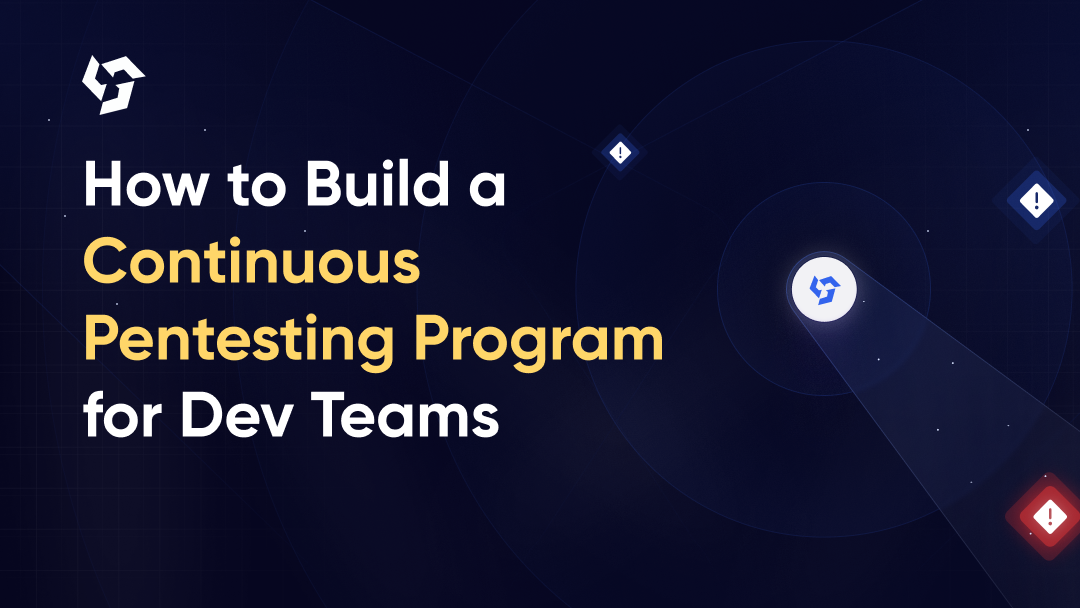




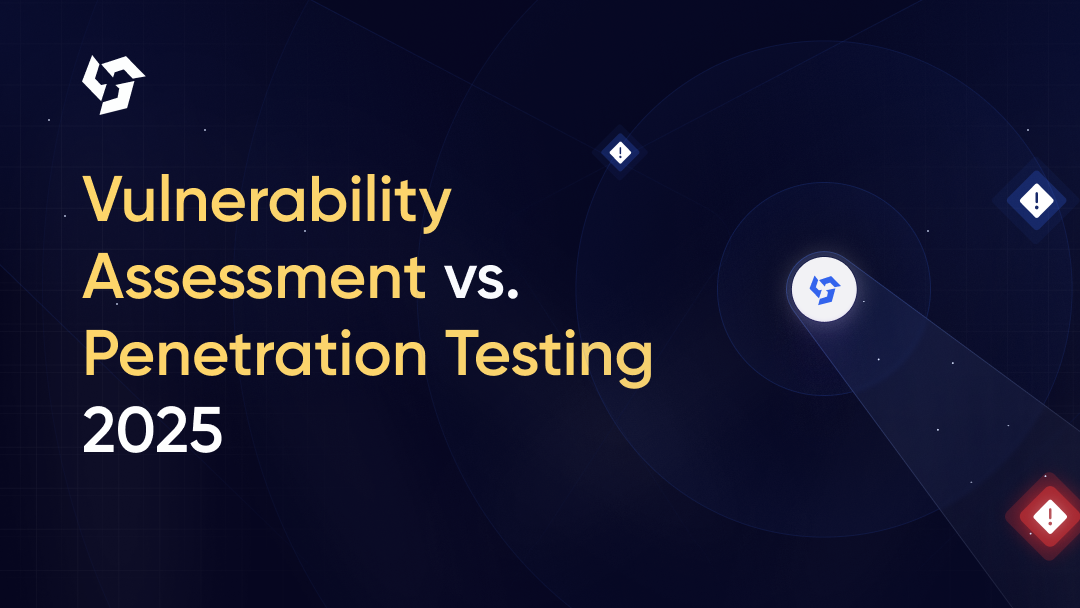

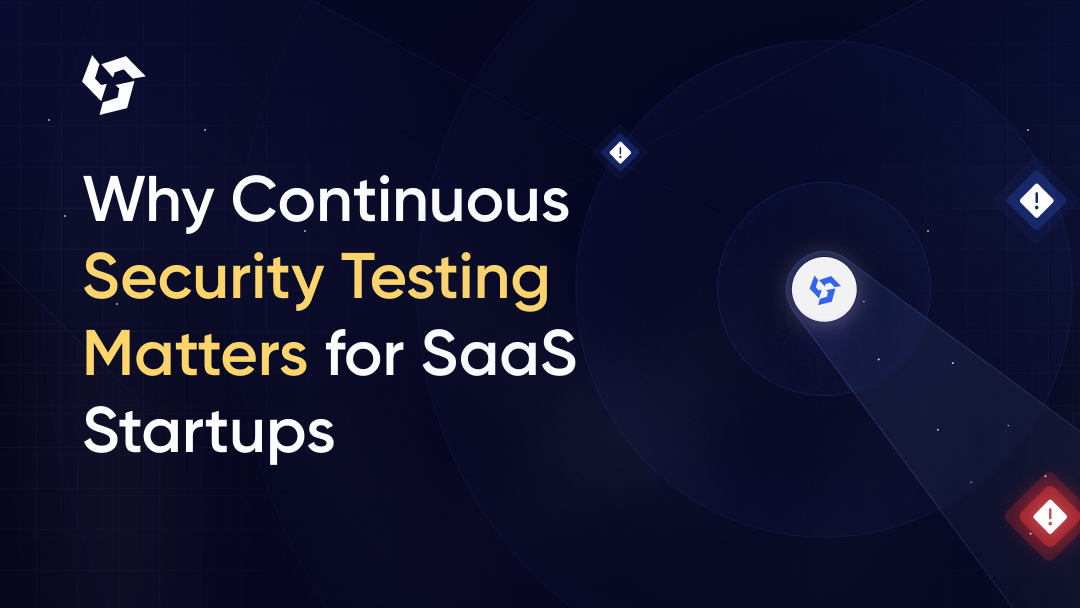
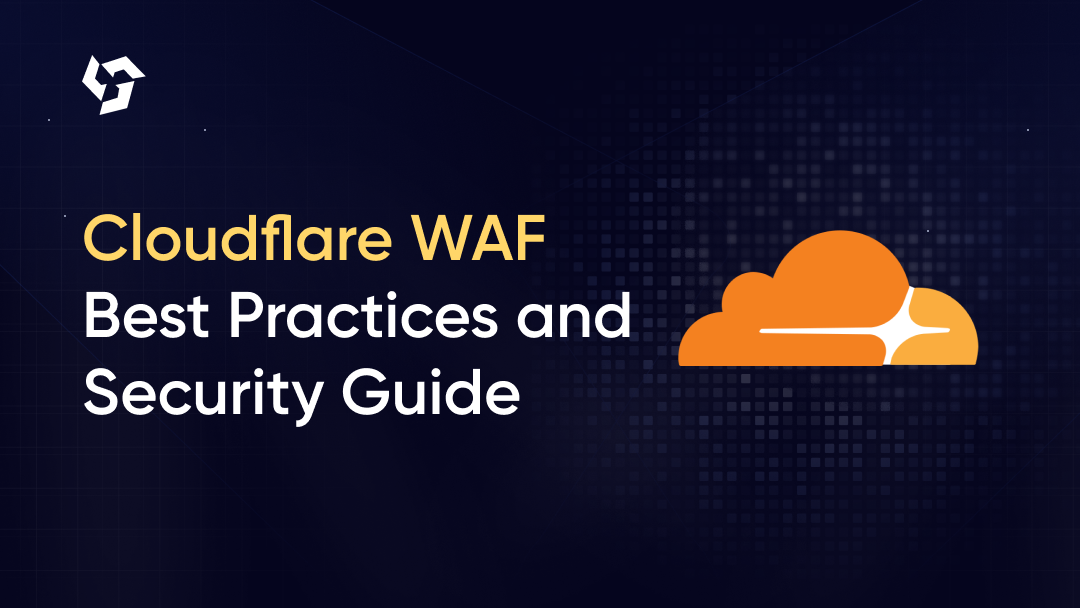


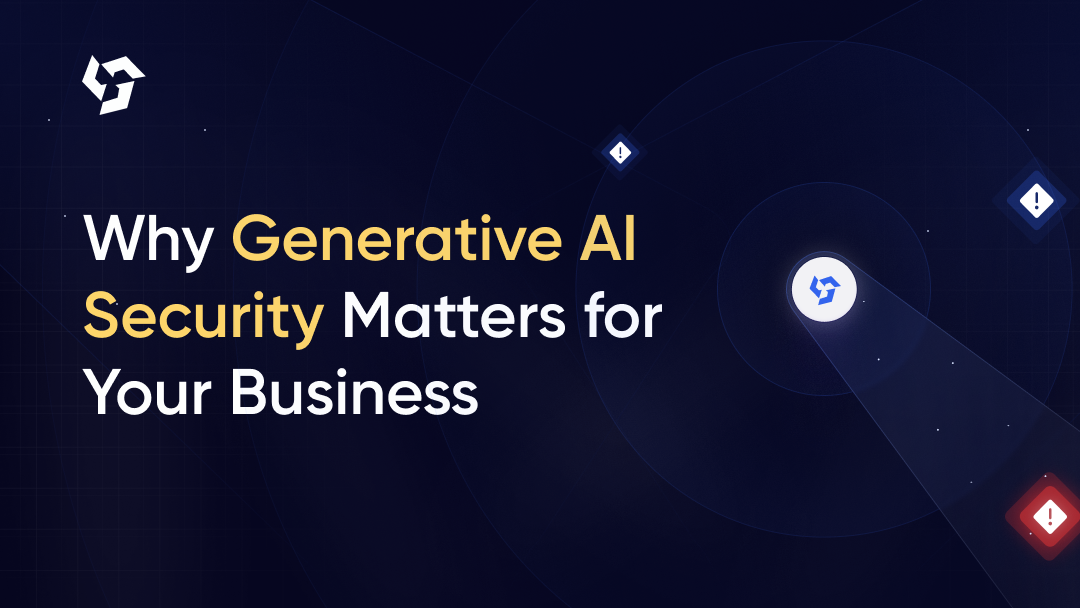
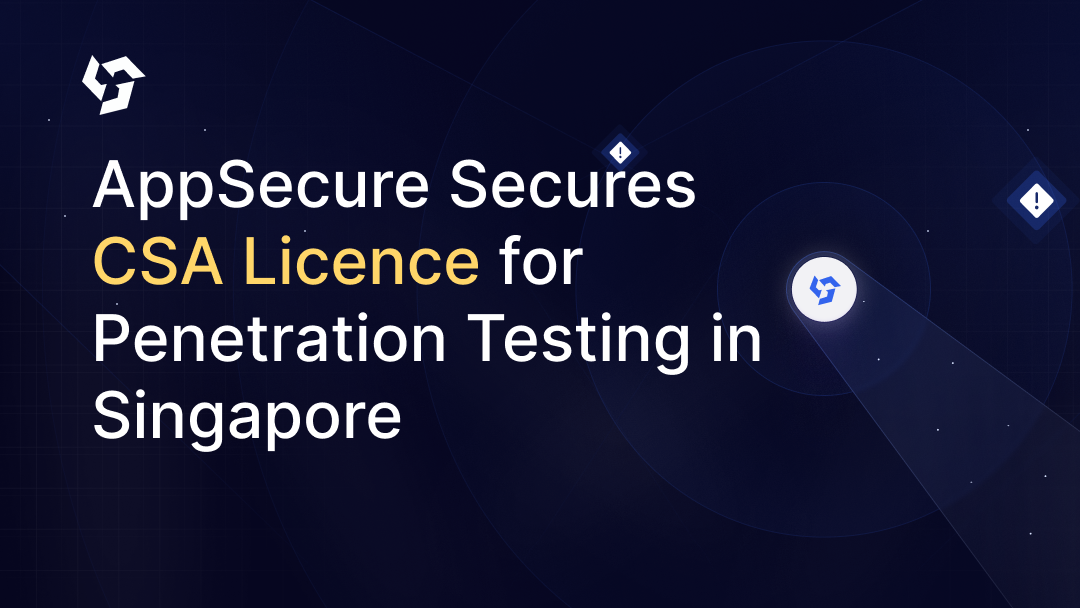
.png)
.png)
.png)
.png)
.png)
.png)
.png)
.png)

.png)
.png)
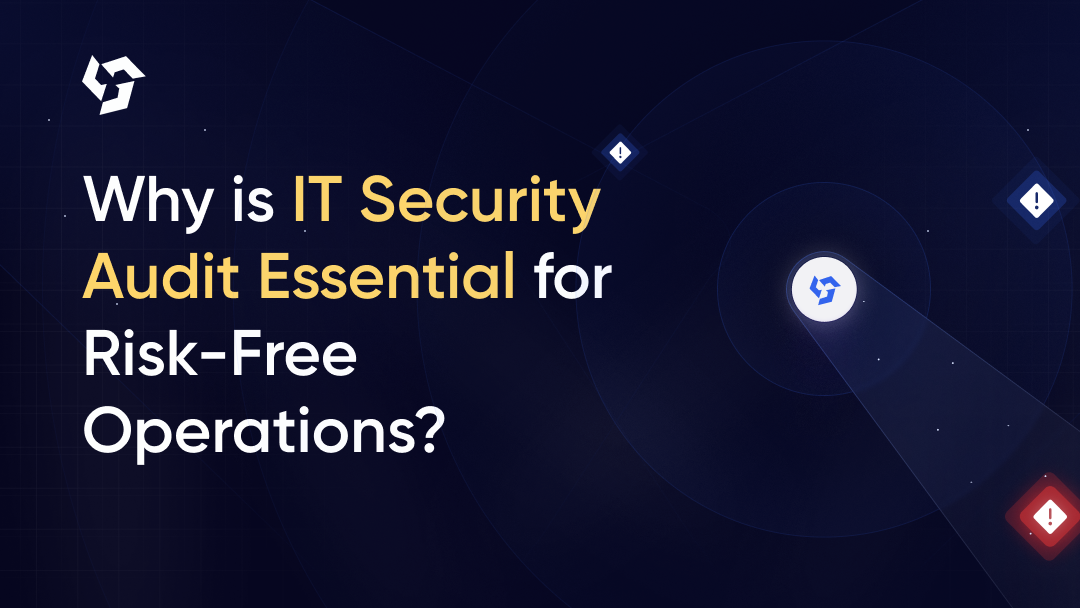

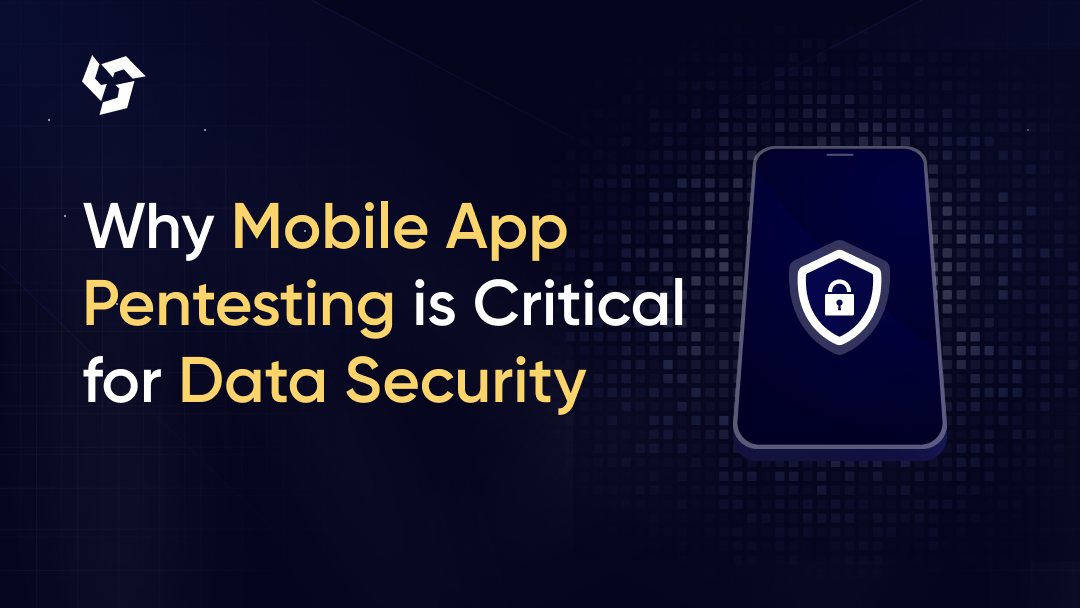
.png)


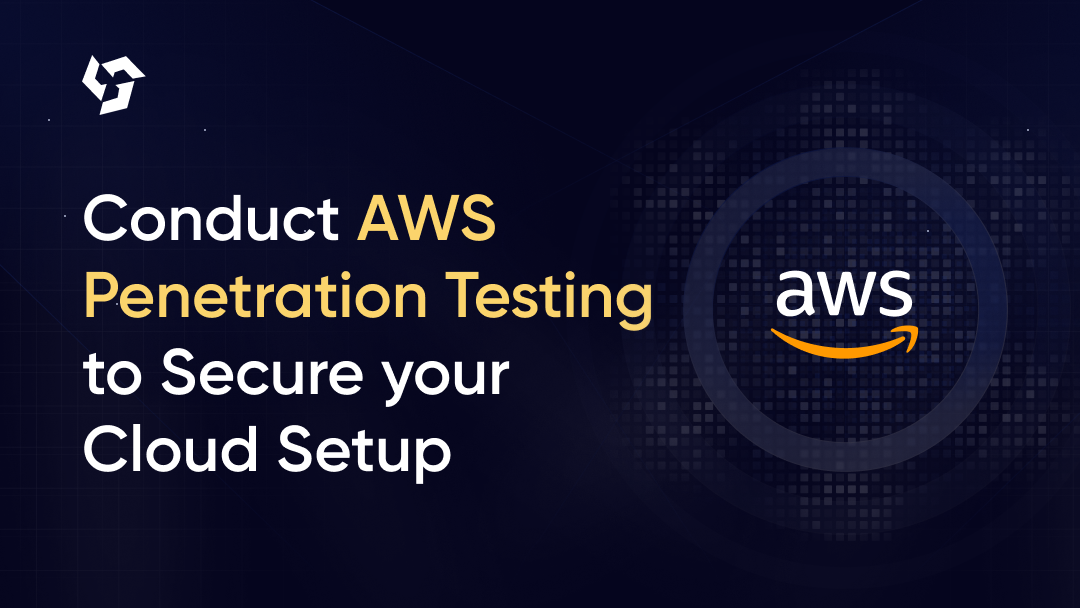

.png)
.png)
.png)
.png)

.png)
.png)
.png)

.png)
.png)
.png)
.png)
.png)

.png)









.webp)





.webp)


.webp)

.webp)



.webp)
.webp)
.webp)
.webp)













.webp)
